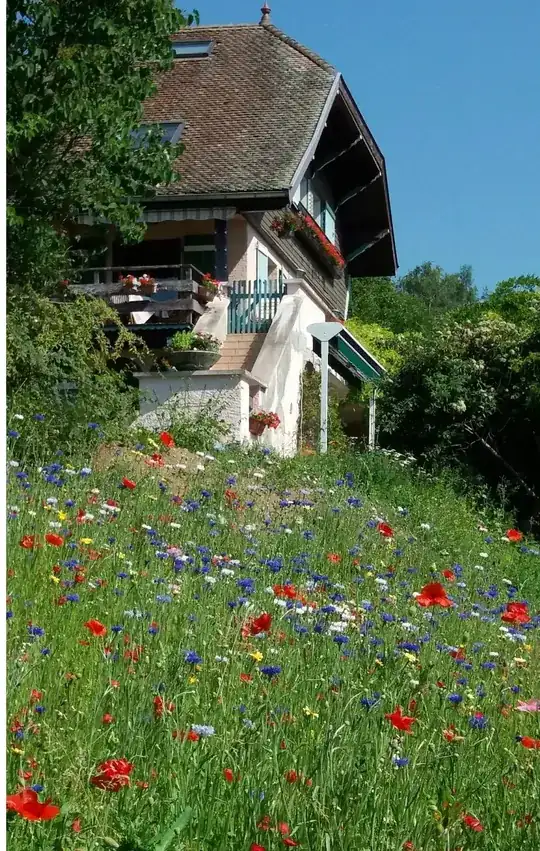I'm planing on establishing a fairly large area - 1000 sq ft - as a sort of wildflower meadow. The area is currently lawn with pretty good quality soil. I live in Asheville, NC zone 6.
Here is my question: I have established wildflower meadows by seed before and have always cleared the area of existing grass and weeds before sowing the seed. My tiller is not currently operating and I really don't feel like hand digging the whole area to remove grass, so here is my plan. I'll cut the grass super short and add a thin layer of compost to the area. I'll sow my seed onto the compost and compress with a roller. I will then cover the area with cardboard for two to three months (until grass is sufficiently dead) into the winter. I will then remove the cardboard at the beginning of spring or earlier and hopefully be left with no living plants but a nice wildflower seed bed. I will be sowing the seed in a few weeks so it naturally stratifies over the winter.
Will covering the seedbed with cardboard for a few months affect germination negatively? I'm aware some flower seeds require light for germination, however, if I removed the cardboard before spring, then it should be fine yeah? I'm interested in hearing what ya'll have to say about this. It would sure save me a lot of work!
Here are the species included in the mix I will use.
Annual Baby’s Breath, Annual Phlox, Black-Eyed Susan, Clasping Coneflower, Corn Poppy, Four O’Clocks, Gayfeather, Gilia, Indian Blanket, Lemon Mint, Lance-Leaved Coreopsis, Leavenworth’s Tickseed, Moss Verbena, New England Aster, Perennial Lupine, Plains Coreopsis, Purple Coneflower, Scarlet Flax, Scarlet Sage, Sulphur Cosmos and Tree Mallow.
